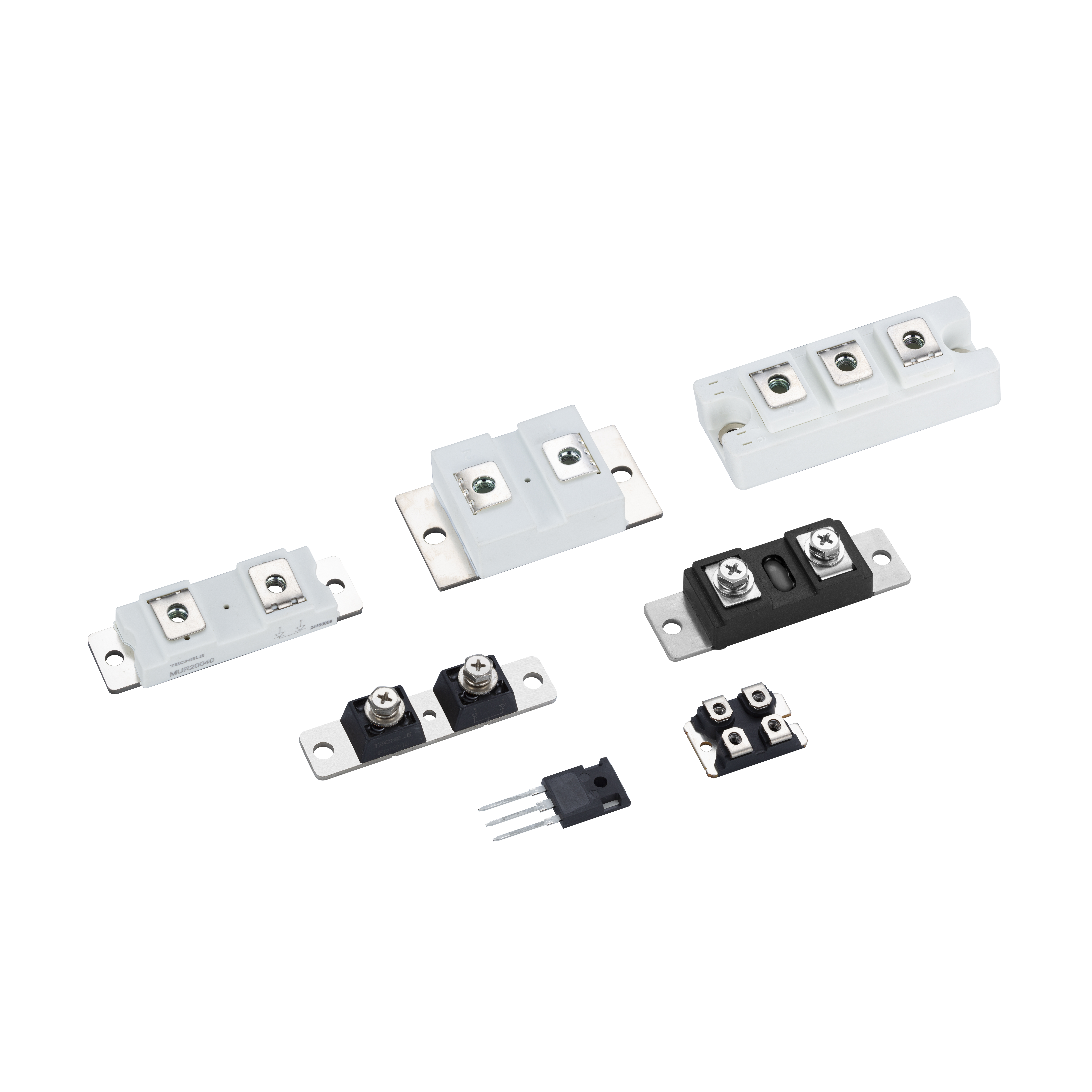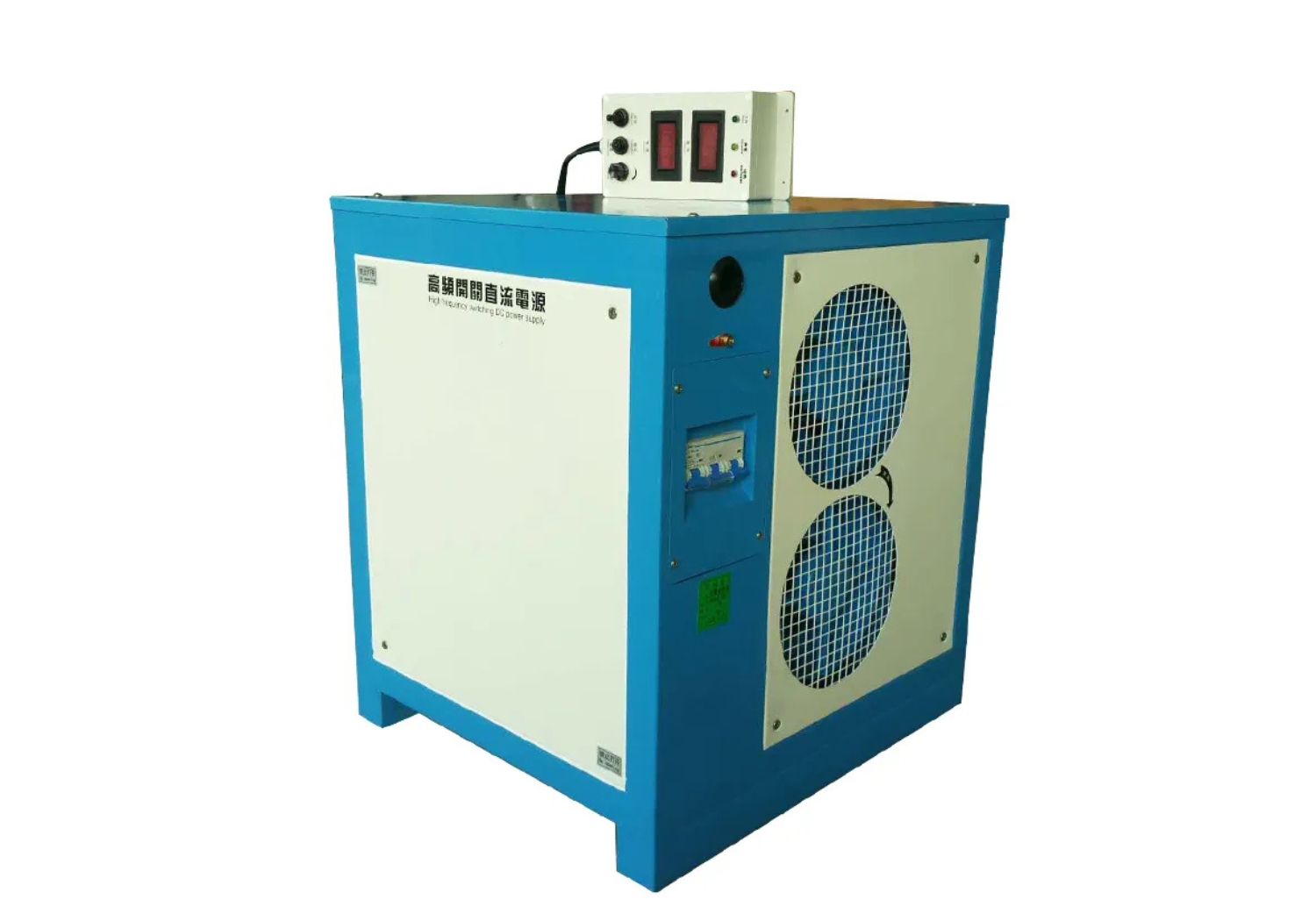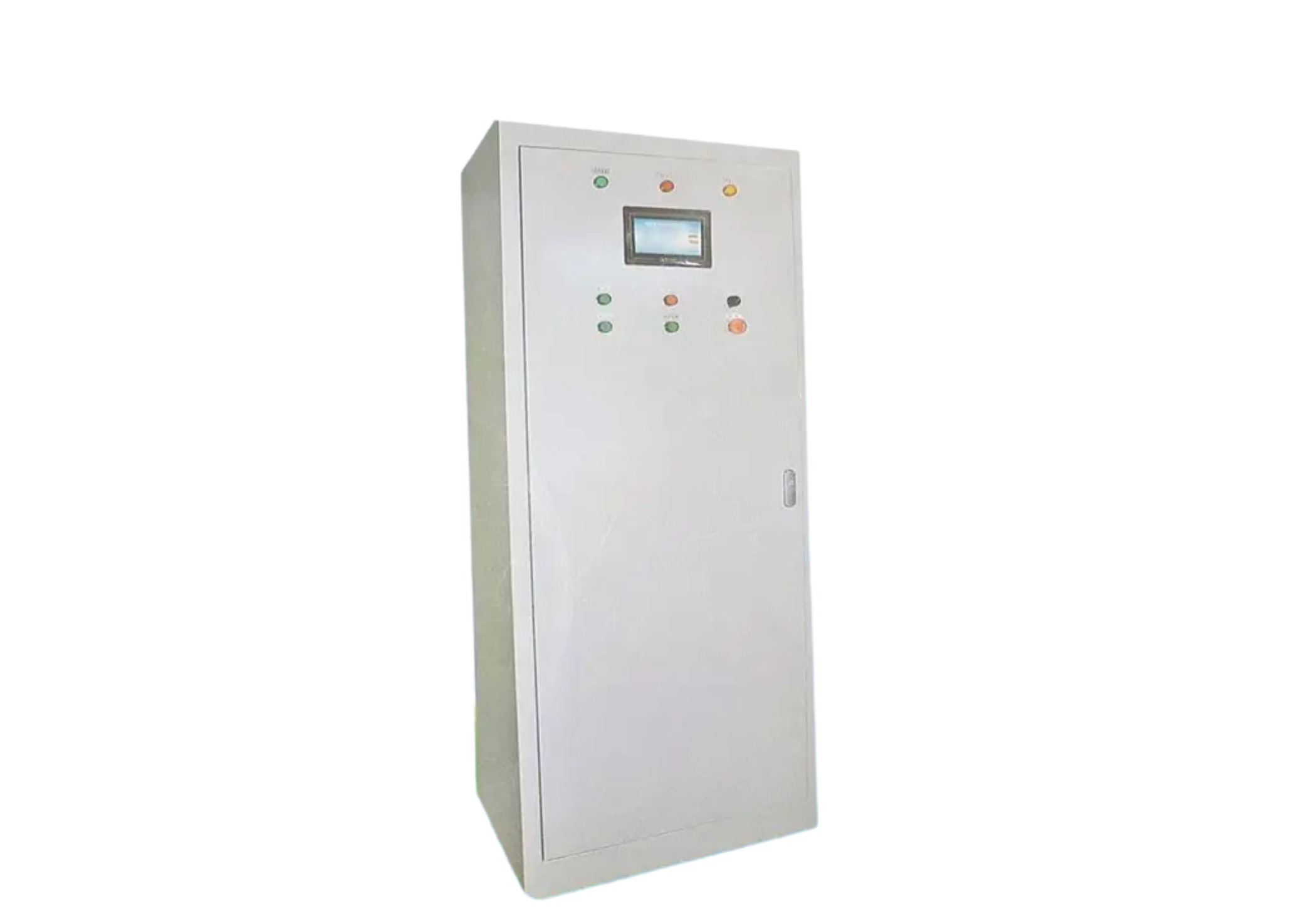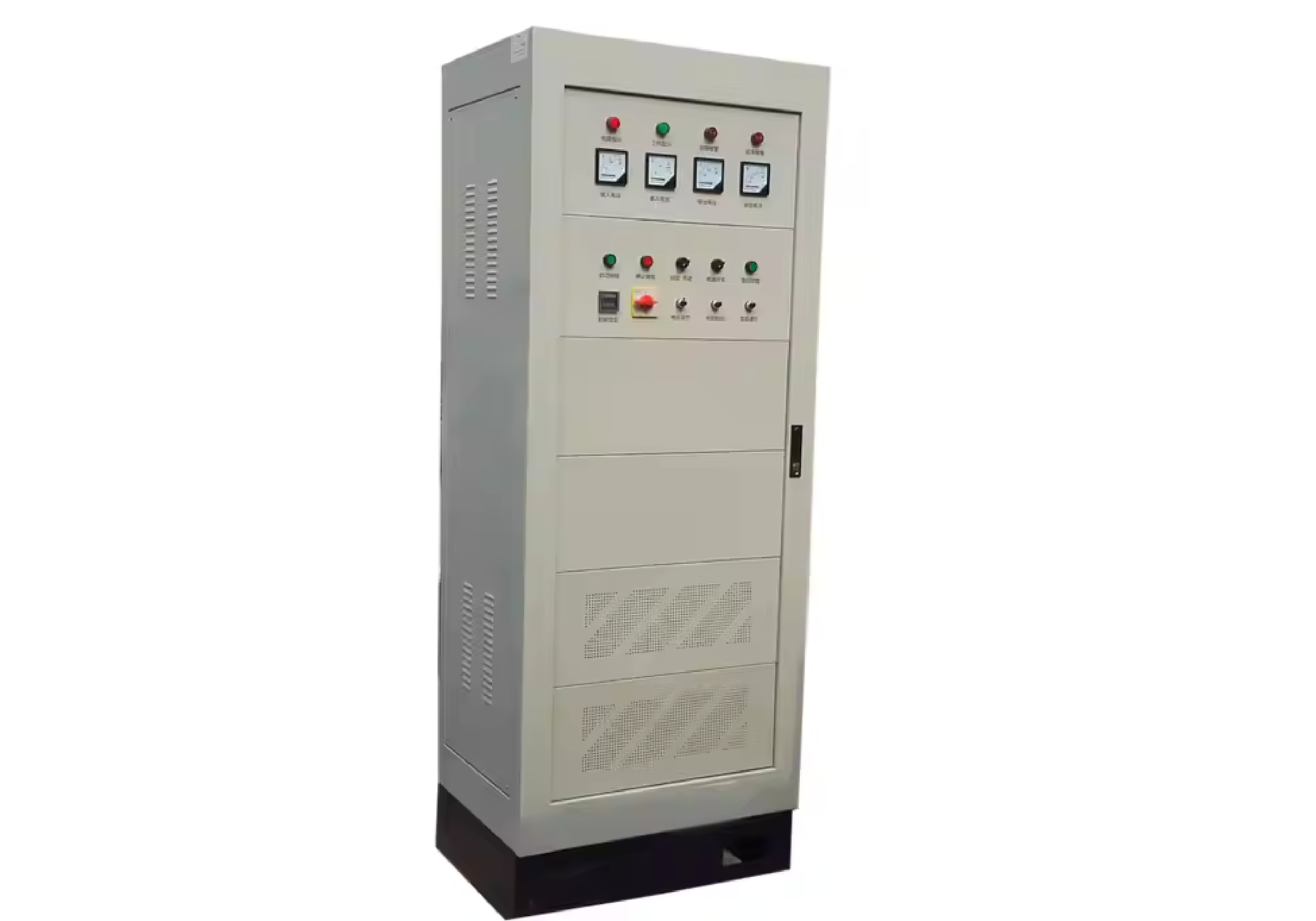Technical Advantages of Dual Thyristor Modules in Industrial Systems
1. Understanding the Role of Dual Thyristor Modules in Modern Electronics
The dual thyristor module is a core component in many modern power systems, enabling high-performance switching and control in industrial and commercial applications. Designed to handle significant current and voltage levels while maintaining system efficiency, these modules are essential in applications requiring temperature control, phase modulation, and surge tolerance. In this article, we outline key specifications and performance aspects of thyristor modules, especially in use cases involving UPS, servo drive, and industrial phase control systems.
2. Electrical Characteristics: Balancing Efficiency and Strength
2.1 High Surge Current Capacity
One of the primary expectations of a dual thyristor module is the ability to handle High surge current without failure. This is especially critical in systems such as UPS, where sudden switching events may occur during outages or load transfers. Modules with high surge ratings ensure robustness against these unpredictable spikes, preventing system damage or shutdown.
2.2 Low On-State Voltage
Efficiency is a major design factor, especially in applications where the thyristor remains conducting for long periods. Modules featuring low on‑state voltage reduce energy losses and limit internal heating. This property is vital in servo drive systems where precise current modulation must not come at the cost of thermal instability.
3. Thermal and Mechanical Performance
3.1 Importance of Temperature Control
Effective temperature control is necessary to ensure reliability over a wide range of operational conditions. In UPS systems, where the load may shift rapidly between modes, thermal consistency helps maintain uptime. A well-designed dual thyristor module includes features such as thermal pads, heat dissipation pathways, and materials engineered for high junction temperatures.
3.2 Reliability in Harsh Environments
Modules used in industrial phase control must withstand thermal cycling, dust, and mechanical vibration. Housing design, encapsulation, and solder joint integrity are all optimized to preserve operation in rough manufacturing environments or exposed conditions.
4. Applications and Functional Integration
4.1 Servo Drive and Motion Control
In servo drive systems, timing and phase angle accuracy are critical. Thyristor modules used in this space must offer stable switching characteristics and low delay from gate signal to conduction. The presence of low on‑state voltage ensures minimal energy loss during constant torque operation.
4.2 UPS Systems
UPS configurations use thyristor modules for load transfer, input rectification, and bypass functionality. When utility power fluctuates, the module must handle abrupt High surge current while keeping heat buildup under control — highlighting the importance of integrated temperature control.
4.3 Industrial Phase Control
In systems regulating heaters, motors, and large inductive loads, industrial phase control using thyristors allows for precise voltage waveform modulation. Here, the dual thyristor module must balance rapid switching with robust mechanical design to avoid premature failure.
5. Specification Priorities for Designers
When selecting a dual thyristor module, engineers should consider:
Surge rating: Should match or exceed the maximum expected load fault or switching spike.
Voltage drop: A low on‑state voltage of ~1.3-1.5V helps improve overall efficiency.
Thermal design: Support for efficient temperature control should be baked into the thermal path.
Drive compatibility: Must respond predictably to gate triggers across a wide temperature range.
Form factor and encapsulation: Especially relevant for UPS and servo drive installations with space or airflow constraints.
6. Summary
Thyristor modules provide vital functions across a variety of electronic systems, particularly those requiring industrial phase control, servo drive precision, and UPS resilience. With specifications designed for High surge current, low on‑state voltage, and optimal temperature control, the modern dual thyristor module represents a high-performance solution tailored to the challenges of today’s power electronics.






